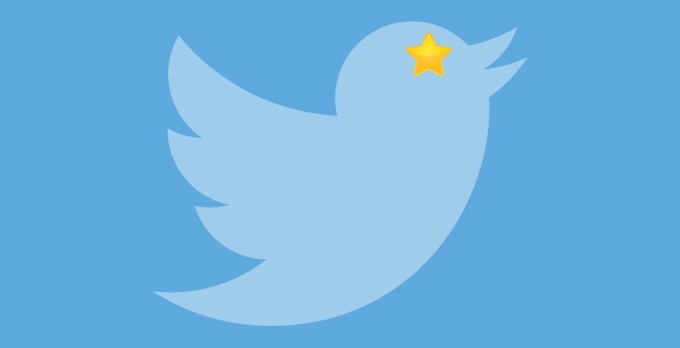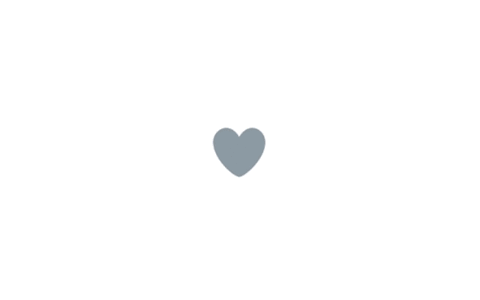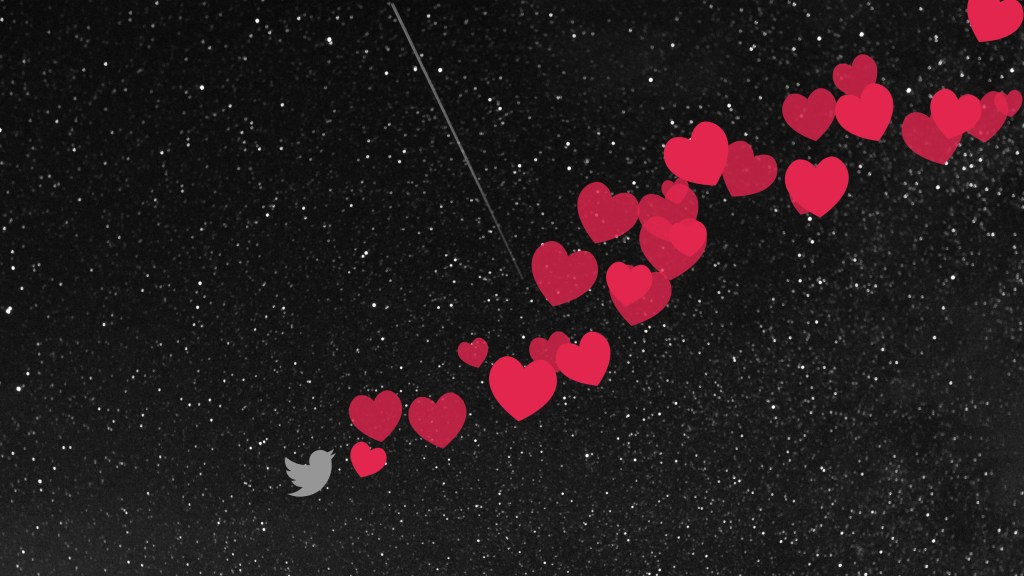At its worst, Twitter feels like yelling into a black hole. There’s a whole universe of social bodies floating out there, but your tweets suffocate in the cold reaches of space.
It’s a function of Twitter’s largely unfiltered feed. It zips by so quickly that even great content can get lost. Your closest friends and sparring partners might easily miss your tweets. And unless you have some level of offline celebrity or an online soapbox, you might never gain enough followers to get your tweets seen before they’re pushed down the timeline.The result was too little feedback — not enough favorites and retweets. And in turn, a feeling of loneliness in the center of the Internet town square. It’s a bit like standing in the center of Tokyo’s shopping district. Everyone bustling around you yet there’s some barrier to connection.

You could say there’s no sense in over-thinking the design or semantics of stars and hearts and favorites and likes. But Twitter is facing a crisis of incompatibility with the mainstream. It might work great for the first 300 million Internet power users, journalists, micro-celebrities, and trolls. But everyone else is hung up on the question of “What do I get out of this?”
It’s a problem exacerbated by years of crummy on boarding, how reluctant people are to further clutter their feed with new follows, and the built-in audience of friends hosted by Twitter’s competitor Facebook.
When you tweet, and receive nothing but dead air in return, it makes you wonder if anyone’s even listening. If it’s even worth the effort to be on Twitter.
That’s why today’s seemingly surface-level switch from “favorite” stars to “like” hearts on Twitter and Vine is so important. It’s a way for Twitter to encourage a higher rate of feedback per tweet so users feel heard.

The Favorite was flexible. For a user base of early adopters defining what Twitter was about, that was actually a good thing. A favorite could be a thumbs up, but also an “I’ve seen this”, a show of gratitude, an agreement, a “seriously?”, a read-it-later, or a “this conversation has come to a suitable end, goodbye.”
But for stirring growth and engagement with the mainstream, that flexibility also caused uncertainty. As Twitter itself wrote today, “we know that at times the star could be confusing, especially to newcomers. You might like a lot of things, but not everything can be your favorite.” People didn’t know when it was appropriate to fave/
But people understand the concept of “Like”, and that we have a bottomless barrel of this Internet gratitude.
There’s no need to be stingy. Like whatever you want, however much you want. Each little click or tap expends almost no time or effort or social capital, yet it brightens someone’s day, makes them feel appreciated, and inspires them to keep tweeting. That’s a big deal for Twitter, since churn has decimated its user base over the years.
Twitter is fundamentally an interest graph, not a social graph. It’s for following and sharing what you think about. Twitter’s a lot different from everyday life, where we’re surrounded by people who care about us not because we always have something smart or funny to say, but because they’re the friends and family we experience real life alongside. They practically have to support us.
In contrast, Twitter is an incredibly diverse place to learn from and be entertained by those with vastly different perspectives. But it can also be an unforgiving place where when your content falls flat, it’s met with deafening silence. Empathy can feel scarce. So even if the heart is only a tiny bit more natural to tap then the star, it could go a long way to making Twitter less lonely. Just a quick pat on the back can stop someone from becoming another Twitter quitter.































Comment